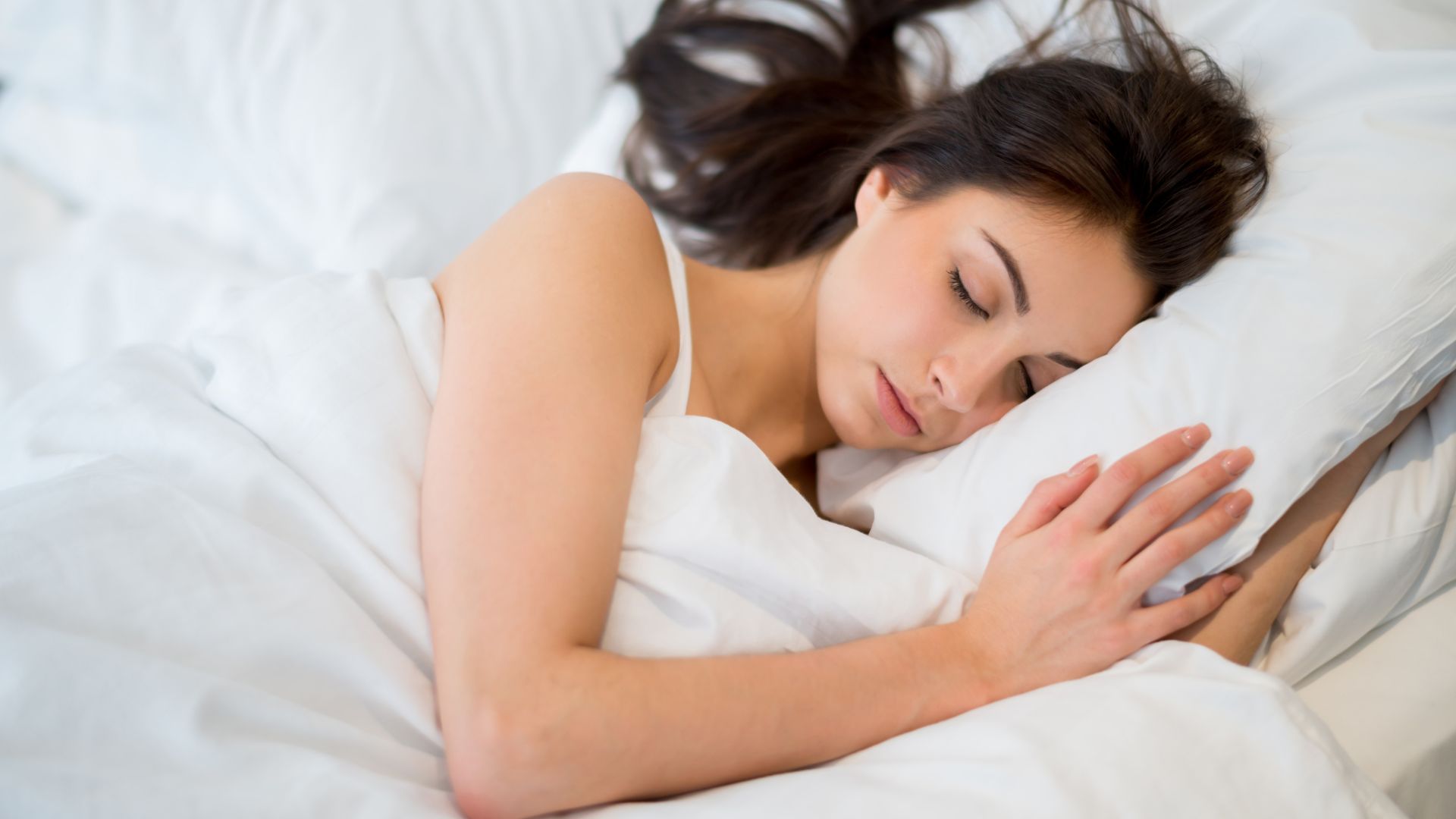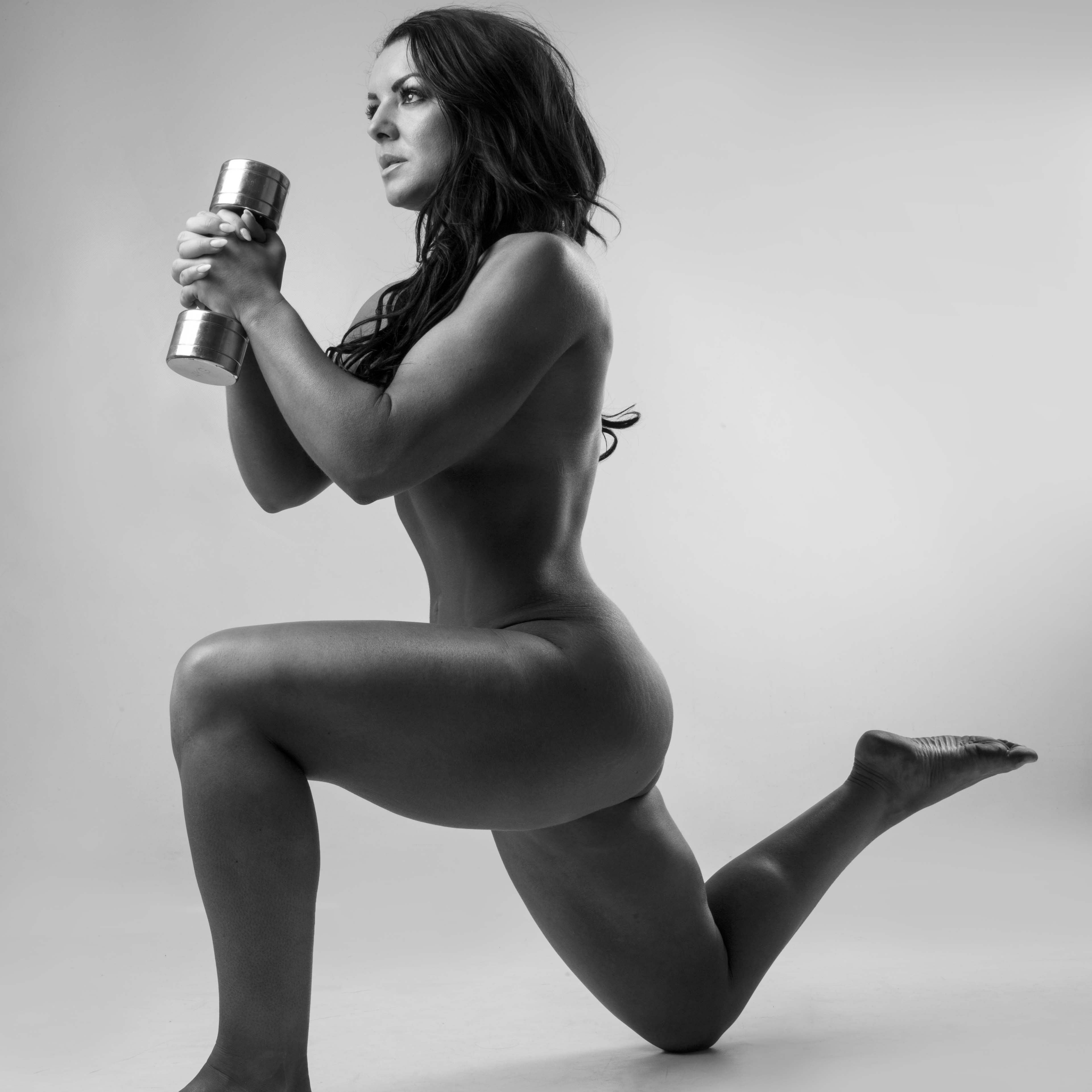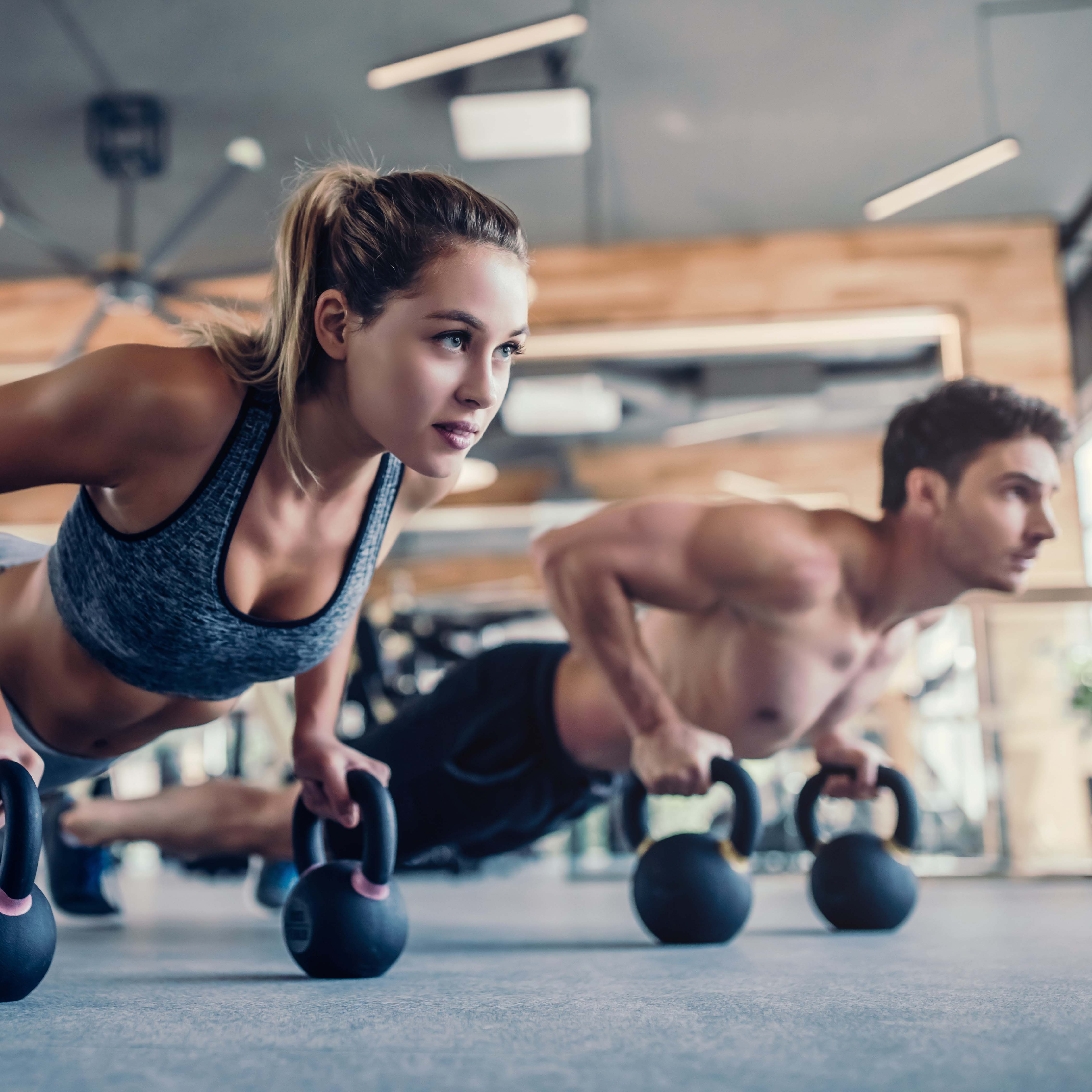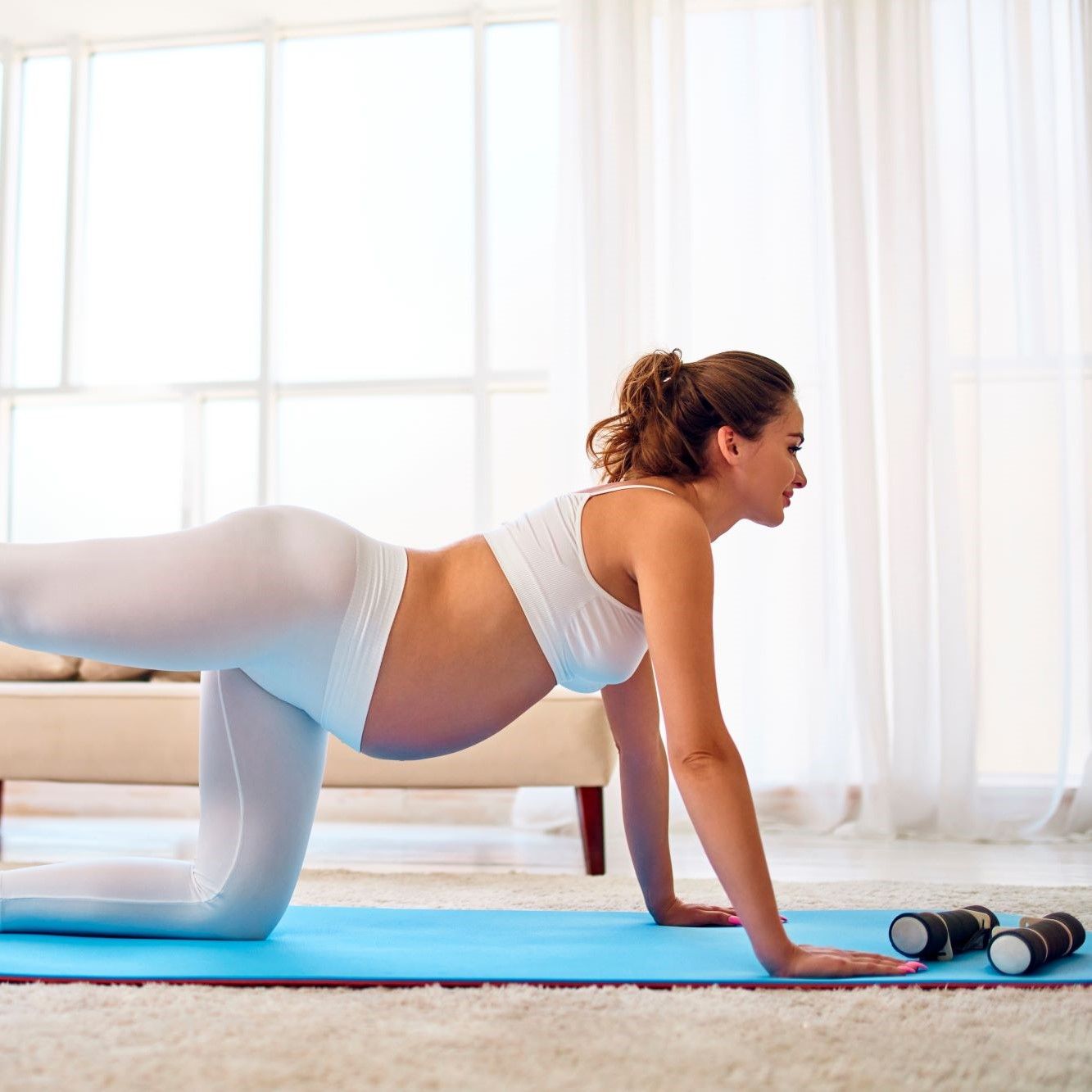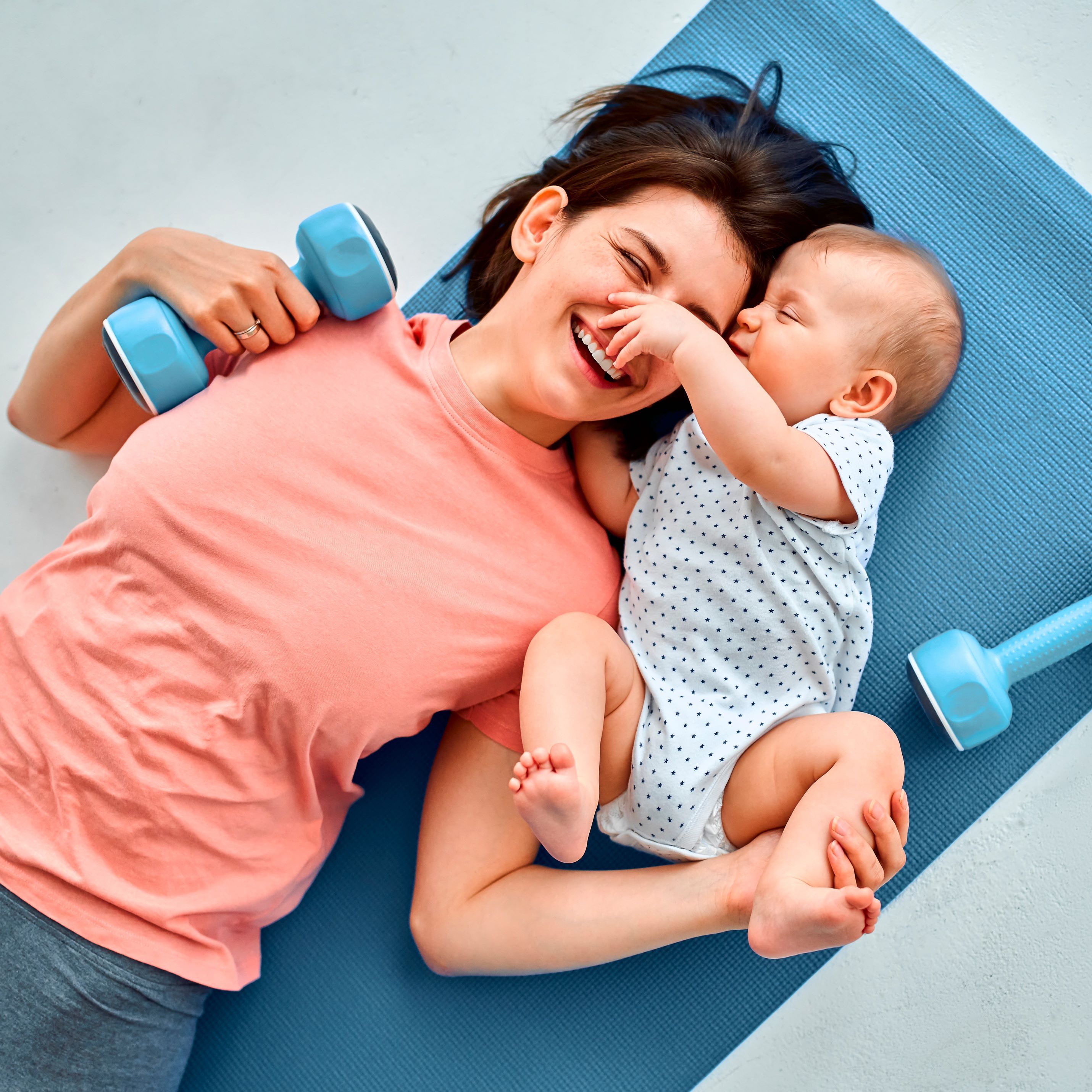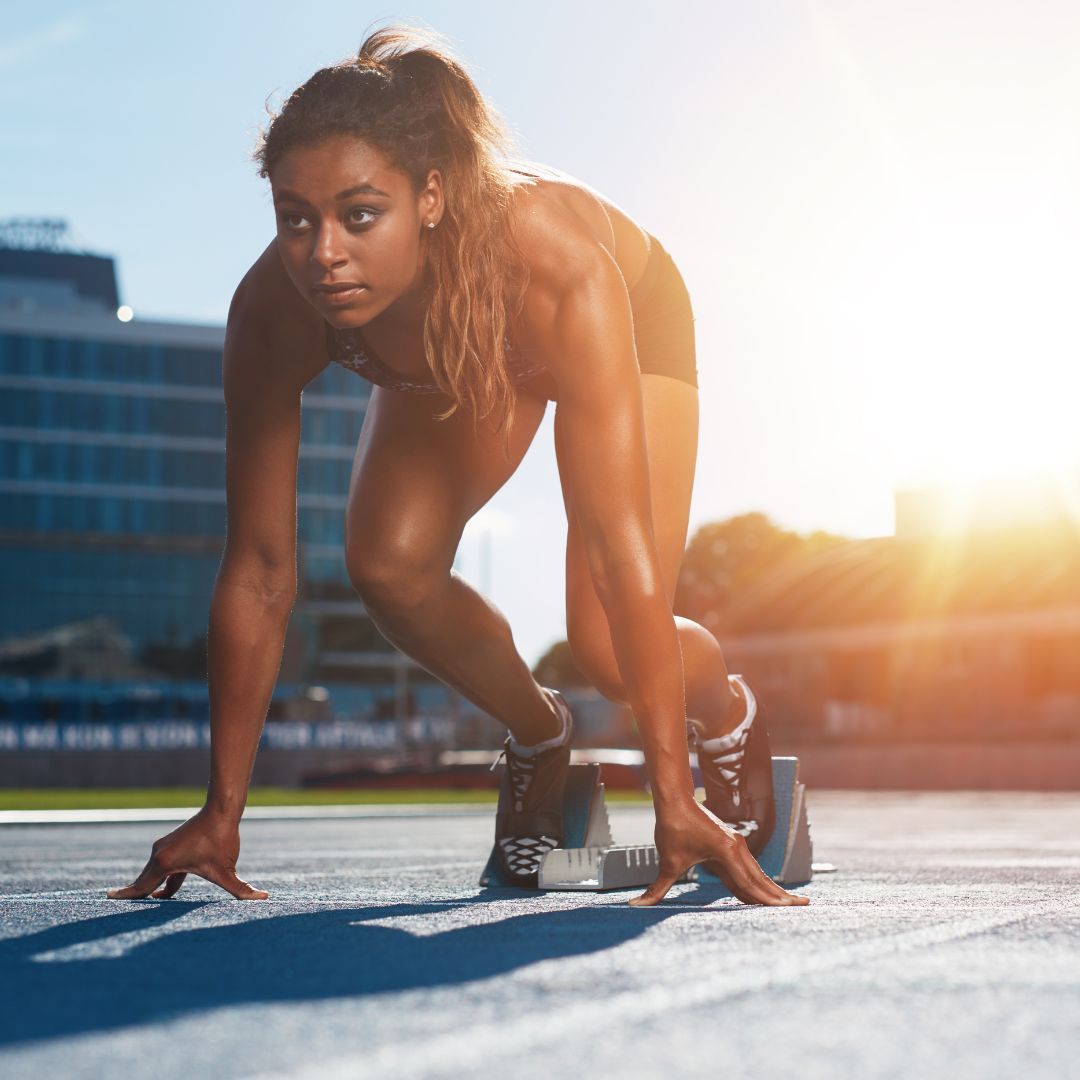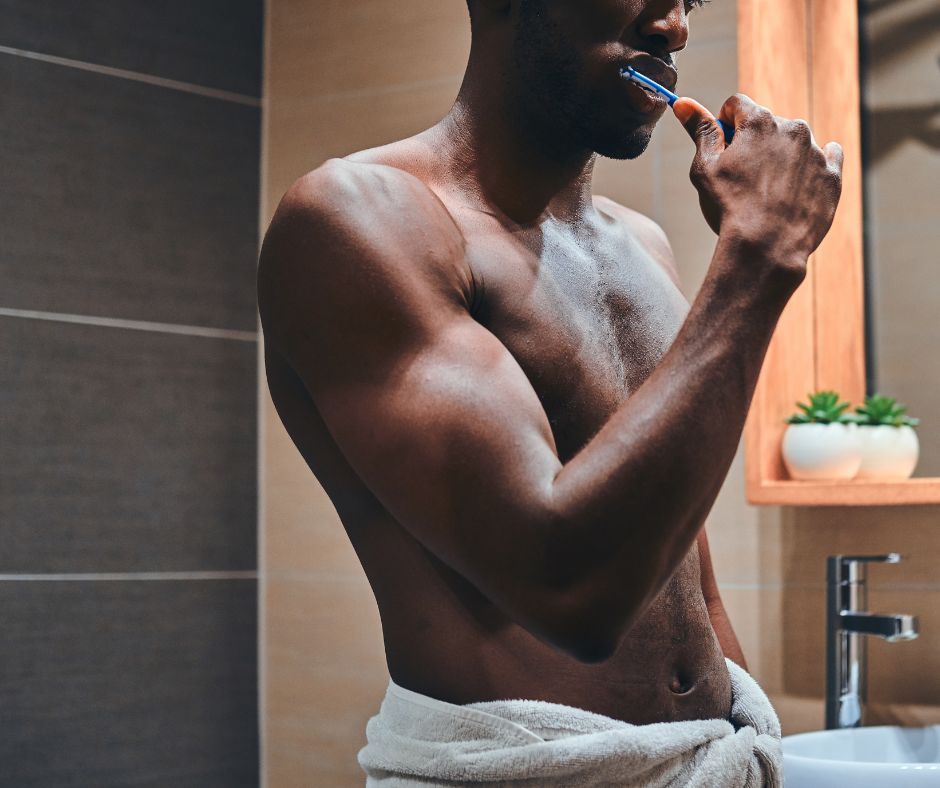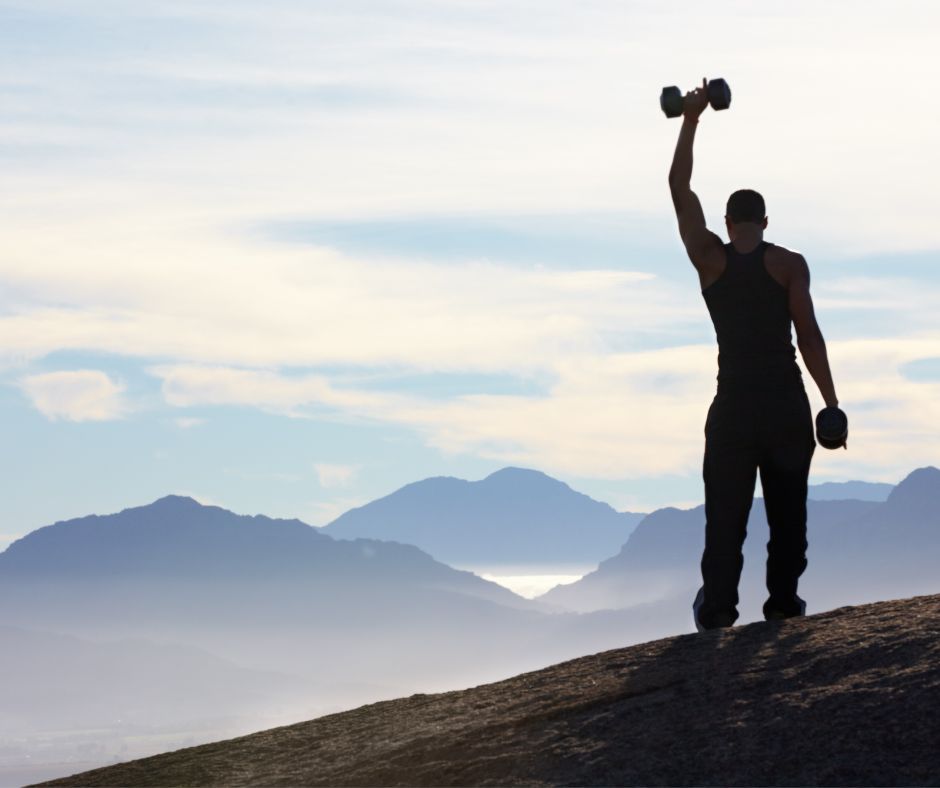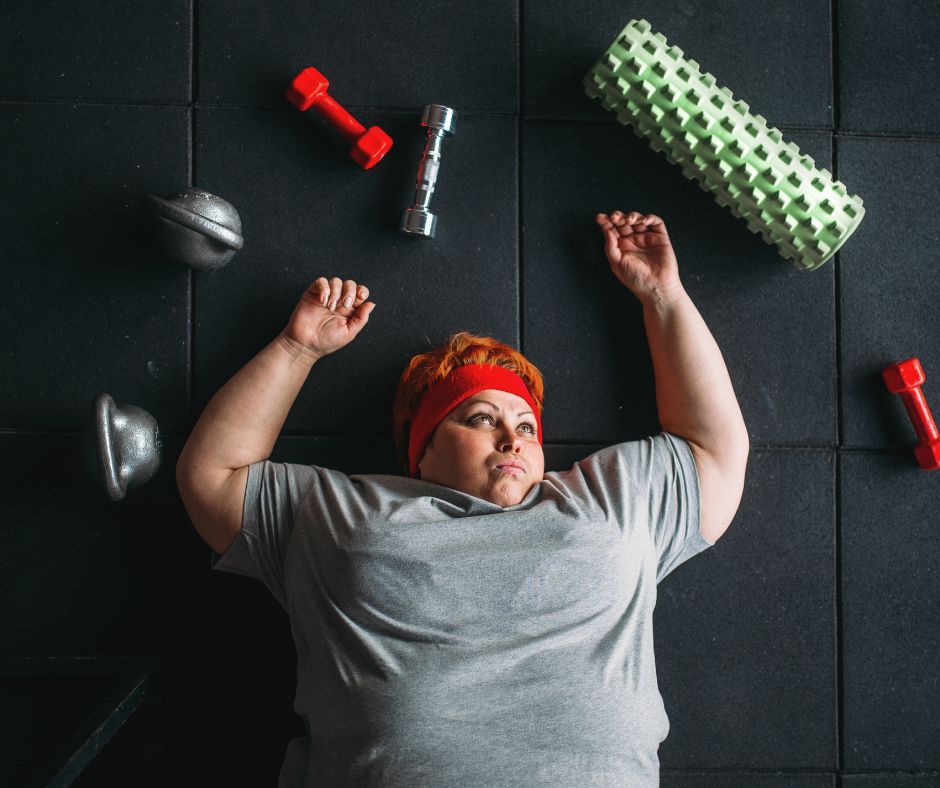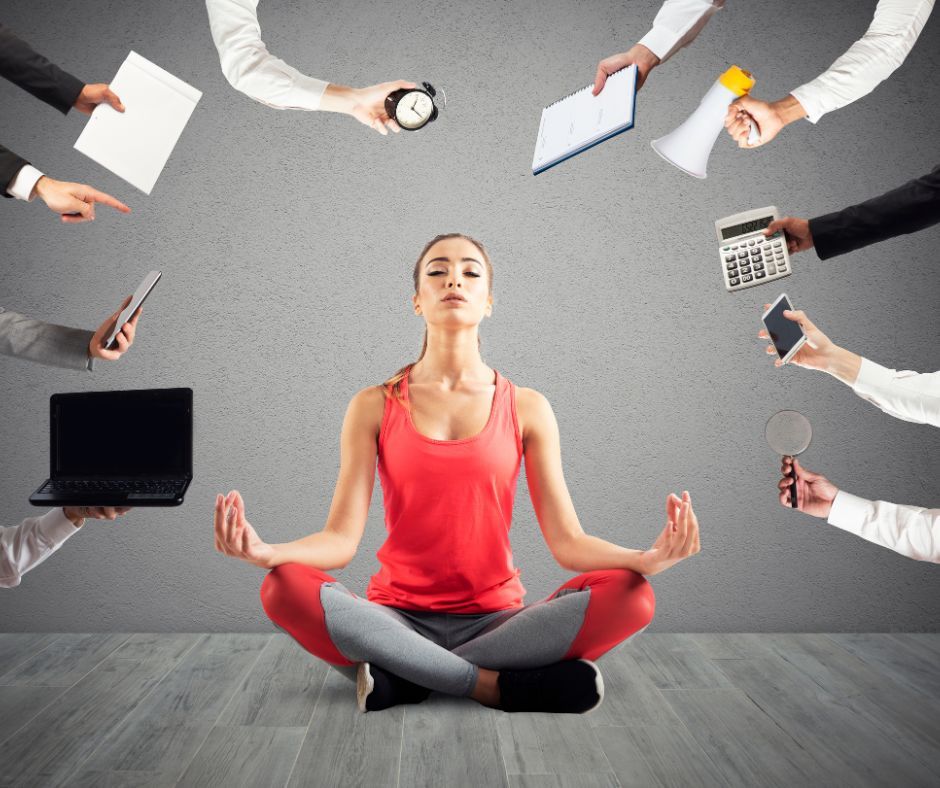Did you know that we humans sleep for about a third of our lives? (1) That means, if you live to be 90, you will have slept for 30 of those years! Clearly, sleep is very important, yet so many of us struggle to make getting good quality sleep a priority.
Getting sufficient and good quality sleep is one of the anchors for a healthy life. It plays a critical role in growth, development, and repair, and helps to improve so many aspects of our health and well-being, including:
- Mood,
- Cognitive function (memory, concentration, etc.)
- Reduced risk of conditions such as heart disease, diabetes, depression, and obesity,
- Immune function,
- Fat loss,
- Muscle gain, and
- Fitness and physical performance. (2)
Many factors influence your sleep patterns and quality. These range from your body’s internal sleep regulation system, right through to environmental factors. There are 7 key steps to improving your sleep quality:
- Create a sleep routine
- Get exposure to sunlight in the morning
- Exercise
- Avoid caffeine after midday
- Avoid bright lights at night
- Create a cool, quiet and dark bedroom
- The bedroom is only for sleep, sex and sickness!
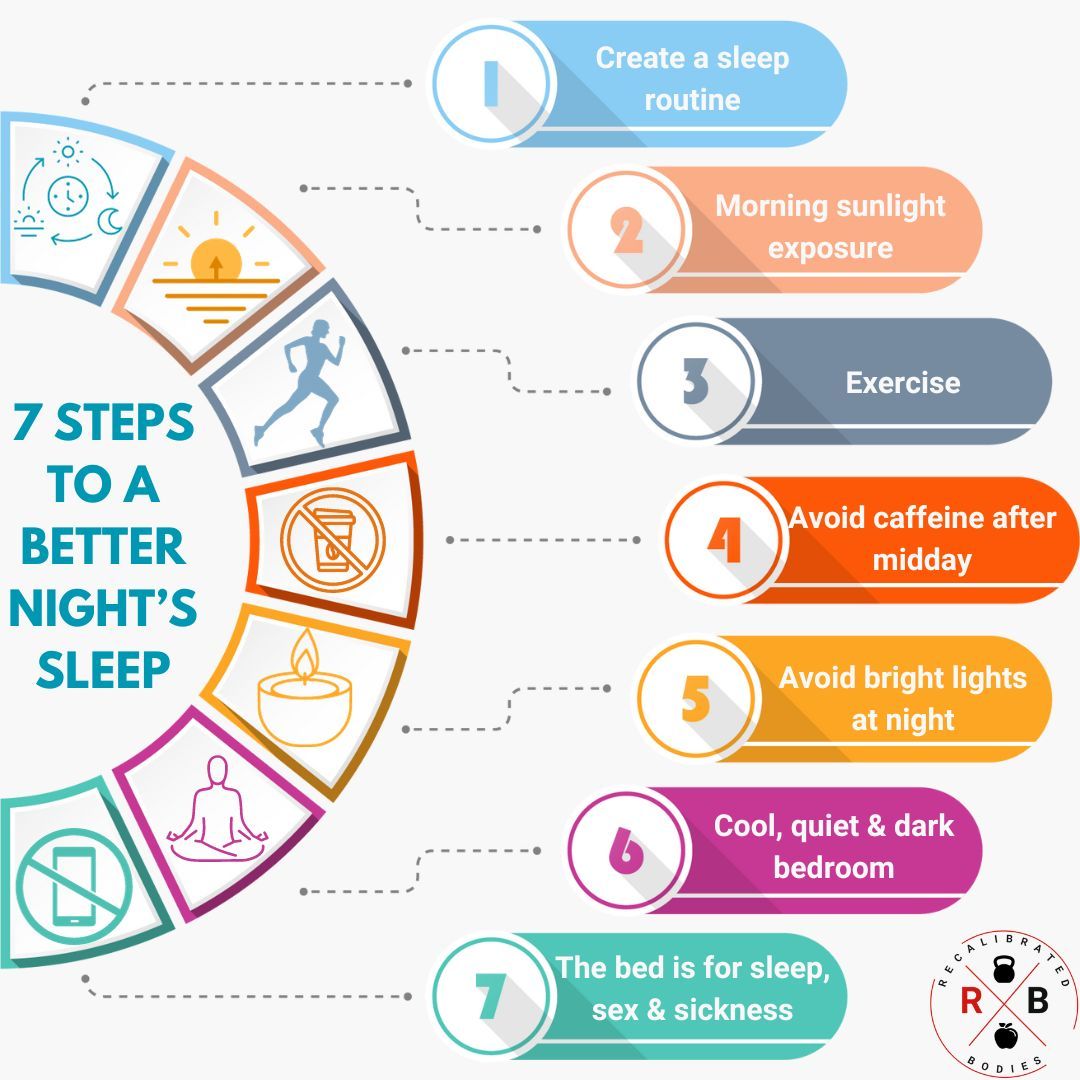
1. Create a sleep routine
First and most importantly, you need to create a consistent sleep routine. This means going to bed and getting up at similar times every day - including weekends! A consistent sleep routine will help regulate your circadian rhythm and your sleep-wake cycle. (3) That means your brain and body will know when it is time to get sleepy and will help you to fall asleep, as well as knowing when it is time to make you feel awake the next morning for the day ahead.
2. Get exposure to sunlight in the morning
Your circadian rhythms are synchronized with a master clock in the brain and this master clock is influenced by environmental cues, such as light. (4) During the day, light exposure causes the master clock to send signals to your brain that generate alertness and help keep you awake and active. At night, the master clock initiates the production of melatonin - a hormone that promotes sleep - and keeps transmitting signals that help you stay asleep through the night. Therefore, the timing of your light exposure can have a positive or negative effect on the quality of your sleep.
To improve your sleep, aim to get outdoors and view natural light within the first 30-60 minutes after waking. On sunny days, aim for 10 minutes, on cloudy days, aim for 20 minutes, and on very overcast days, aim for 30-60 minutes. Don’t wear sunglasses, don’t look directly at the sun, and looking through a window or windscreen doesn’t have the same effect as direct sunlight!
3. Exercise
Exercise can support your internal clock by helping to stabilise your circadian rhythm by increasing your core temperature and alertness during the day. (5) It can also help promote deeper sleep by causing your core temperate to drop further at night, which can help prevent insomnia. (6)
4. Avoid caffeine after midday
Caffeine is a stimulant that helps to reduce the perception of fatigue. It does so by blocking certain adenosine receptors in your brain. (7) Adenosine molecules signal to your brain that you are tired. By blocking adenosine from binding to these receptors, adenosine cannot influence its fatiguing effect, which increases alertness and reduces sleepiness. Avoiding caffeine after midday can help ensure most of it is cleared out of your body by bedtime and adenosine can act on the receptors in your brain to help promote sleepiness.
5. Avoid bright lights at night
Avoid using bright overhead artificial lights in the evenings. Exposure to bright lights tells your brain to stay awake by inhibiting melatonin production. If you need lighting, dim lights when possible or use lamps, soft lighting, or candles instead. Light from devices such as phones, computers, and TVs emit blue light, which has the same melatonin-inhibiting effect. (8) If you must use these devices, you can use a blue filter or blue light blocking glasses to help reduce the negative effects at night. Aim to avoid using light-producing devices entirely at least 30 minutes before your planned sleep time.
6. Create a cool, quiet and dark bedroom
Sleep hygiene relates to your bedroom setting and habits and primarily involves the temperature, volume, and lighting of your room. Your circadian rhythm is not only influenced by light but also by core temperature. A drop in core body temperature is a signal for your body to prepare for sleep. (9) To promote this natural cycle, keep your bedroom cool. Keeping your room quiet and dark will allow you to relax and further help to promote the production of melatonin, which will assist with falling asleep.
7. The bedroom is only for sleep, sex, and sickness!
Make your bed a sanctuary by avoiding anything that might stimulate you. Only use your bedroom for sleep, sex, and sickness. Avoid scrolling through social media, working, eating, discussing important topics, or other activities that might stimulate you. This will help to ensure you do not pick up bad habits that can impact your ability to fall asleep.
Make sleep the anchor of your health and wellness
The impact of a good night’s sleep on our health and well-being cannot be overstated. If you have been struggling with falling asleep, following the 7 steps to a better night’s sleep can help to significantly improve your mental, physical, and emotional health.
Put Your Health & Well-Being on Autopilot With a Coach
Making changes to your diet and lifestyle can be hard. Having a clear plan that is tailored to you, as well as support and guidance, can help to make living a healthy lifestyle a habit that lasts forever. Having our coaches tailor your plan to your goals, lifestyle, body and preferences can make the process of improving your health and well-being enjoyable and a lot easier.
References
- We spend about one-third of our life either sleeping or attempting to do so. Aminoff, M. J., Boller, F. and Swaab, D. F. 12, s.l. : Handb Clin Neurol, 2011, Vol. 98.
- Summer, Jay. 8 Health Benefits of Sleep. Sleep Foundation. [Online] 27 June 2023. [Cited: 20 October 2023.] https://www.sleepfoundation.org/how-sleep-works/benefits-of-sleep.
- Stanford University. Sleep Corner: Circadian Rhythms and Routines: Cultivate Consistency for Improved Mental Health. Stanford: Student Affairs. [Online] [Cited: 20 October 2023.] https://studentaffairs.stanford.edu/the-flourish/flourish-october-2022/sleep-corner-circadian-rhythms-and-routines-cultivate#:~:text=The%20key%20to%20maintaining%20healthy,your%20SCN%2C%20can%20also%20help..
- NIH. Circadian Rhythms. NIH. [Online] 15 August 2023. [Cited: 20 October 2023.] https://www.nigms.nih.gov/education/fact-sheets/Pages/circadian-rhythms.aspx.
- Surles, Tania. 5 Reasons Exercise Improves Sleep. Healthline. [Online] 15 March 2023. [Cited: 20 October 2023.] https://www.healthline.com/health/5-reasons-exercise-improves-sleep.
- Effect of Aerobic Exercise Training on Sleep and Core Temperature in Middle-Aged Women with Chronic Insomnia: A Randomized Controlled Trial. Baron, P., et al. 8, s.l. : Int J Environ Res Public Health, 2023, Vol. 20.
- Examine. How does caffeine work in your brain? Examine. [Online] [Cited: 20 October 2023.] https://examine.com/categories/brain-health/faq/oJAv3le-how-does-caffeine-work-in-your-brain/.
- Suni, Eric. Light and Sleep. Sleep Foundation. [Online] 05 October 2023. [Cited: 20 October 2023.] https://www.sleepfoundation.org/bedroom-environment/light-and-sleep.
- Mulla, Dr Raminder. Temperature and sleep. How our environment affects our sleep. Sleepstation. [Online] 01 December 2022. [Cited: 20 October 2023.] https://www.sleepstation.org.uk/articles/sleep-tips/sleep-and-temperature/.

